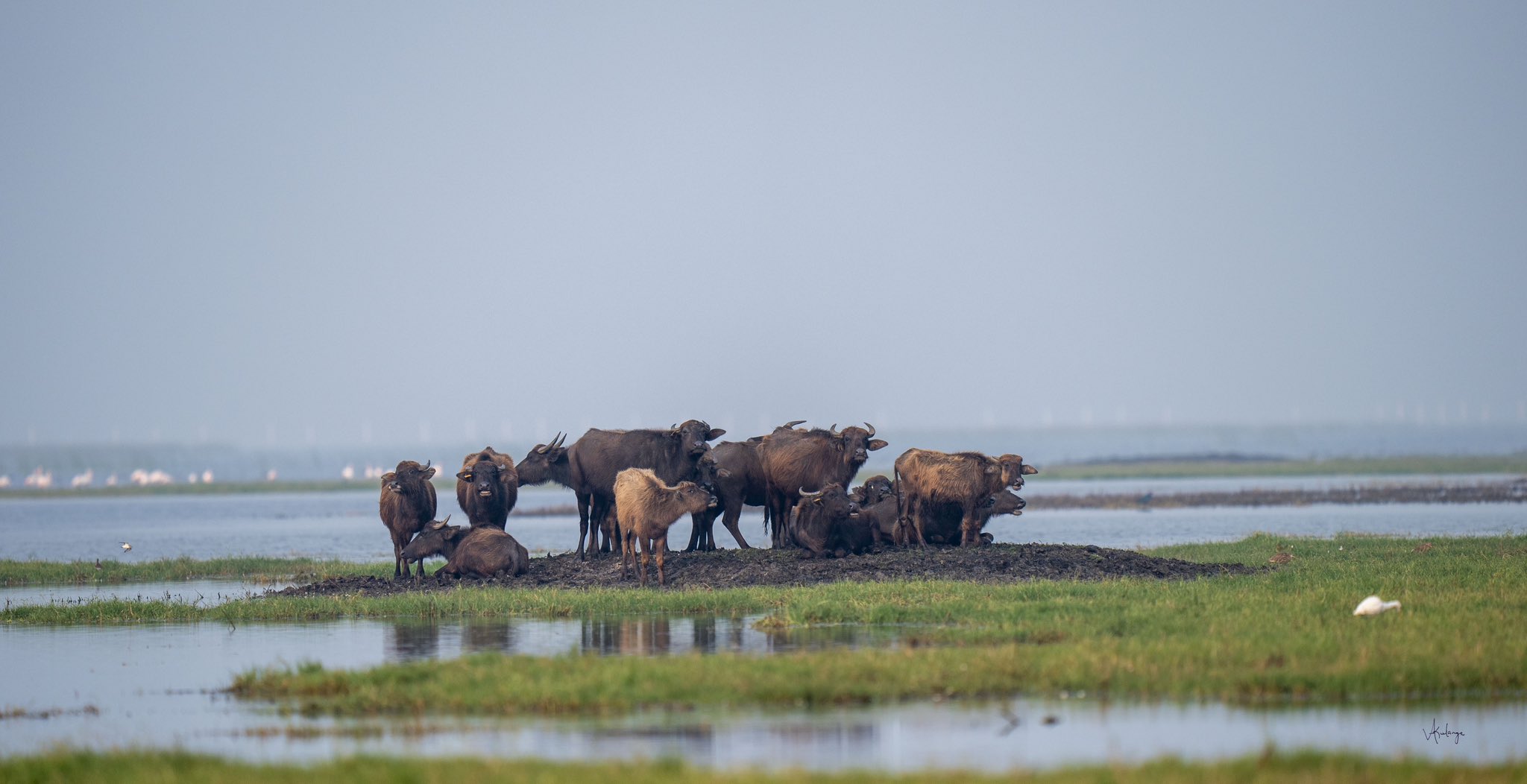News
Kenya Declares Domesticated Water Buffalo A Food Animal
The move now allows for its farming, slaughter, and processing for meat.

Kenya Insights allows guest blogging, if you want to be published on Kenya’s most authoritative and accurate blog, have an expose, news TIPS, story angles, human interest stories, drop us an email on [email protected] or via Telegram
-

 News4 days ago
News4 days agoExclusive: Ministry of Health Cartels Behind KNH CEO’s Sudden Exit, Sources Reveal
-

 News1 week ago
News1 week agoPCEA Pastor Caught Pants Down With Choir Leader
-

 News2 weeks ago
News2 weeks agoRichard Ngatia, BBS Mall Owner Among Billionaires Who’ve Won Ruto’s Sh200 Billion Medical Equipment Deal
-

 News1 week ago
News1 week agoDr. Margaret Awino Ong’ale Launches Groundbreaking Book on Reforming Kenya’s Law Enforcers
-

 News2 weeks ago
News2 weeks agoWe Were Weeks from Our Wedding… Until Death Stole My Bride
-

 Business2 weeks ago
Business2 weeks agoKCB Group Reports 8% Profit Growth, Declares Record KSh 13 Billion Dividend Payout
-

 News2 weeks ago
News2 weeks agoDramatic Scene in Kakamega Town After Woman Who Was Sounding Like a Dog is Fully Delivered From Witchcraft and Healed Forever
-

 Sports2 weeks ago
Sports2 weeks agoHarambee Stars’ Austin Odhiambo Shares Sh1 Million Bonus with Parents























